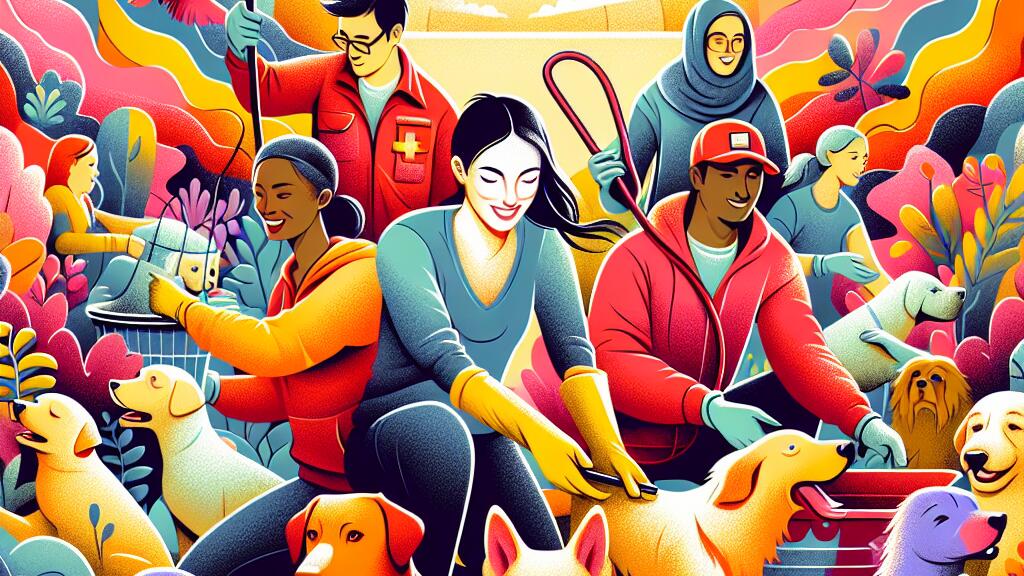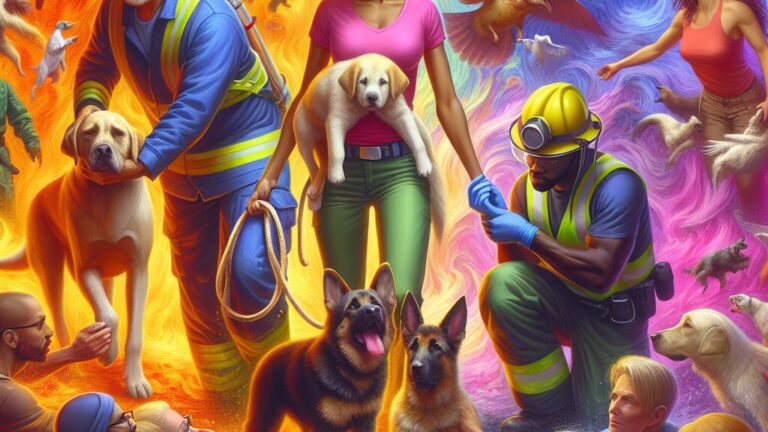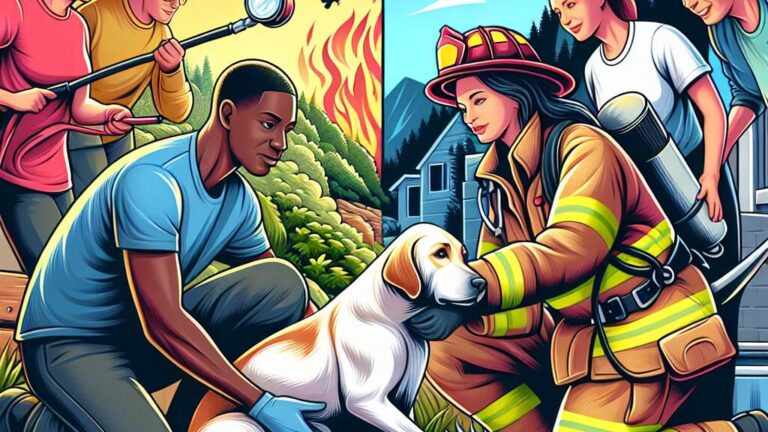Top 10 Tips for Dog Socialization at a Dog Rescue
Monitoring Body Language
Monitoring body language is crucial when introducing dogs to new social environments, especially in a rescue setting where backgrounds and histories vary. Pay attention to the dog’s posture, facial expressions, and tail movements. A relaxed body usually indicates a comfortable and happy canine, while stiffness or avoidance signals potential discomfort or fear. Ears held back or low, along with a tucked tail, may suggest anxiety or submission.
Furthermore, observe the dog’s overall demeanor when interacting with other dogs or humans. Watch for signs of excessive barking, growling, or snapping, which could indicate stress or aggression. It’s essential to intervene promptly if you notice any signs of escalating tension to prevent conflicts and ensure a safe socialization process for all dogs involved.
Interpreting Canine Social Signals
Understanding canine social signals is crucial when working with dogs in a rescue setting. Dogs communicate primarily through body language, so paying close attention to their movements and postures can provide valuable insights into their emotional state and intentions. For example, a dog that lowers its body, tucks its tail, and averts its gaze may be displaying signs of fear or submission. On the other hand, a dog that stands tall, with ears perked up and tail wagging, is likely feeling confident and friendly.
It’s essential to observe the entire body rather than focusing solely on one aspect, as dogs can communicate using various parts of their body simultaneously. For instance, a dog that shows signs of aggression may display a stiff body, raised hackles, and a direct stare. By understanding these signals, handlers can intervene early to prevent potential conflicts and provide appropriate support to help dogs feel safe and comfortable in social situations.
Supervising Playtime
Supervising playtime at a dog rescue is crucial to ensure the safety and well-being of all dogs involved. It’s important to always keep a close eye on the dogs during play and intervene if necessary to prevent any potential conflicts or injuries. By actively monitoring their interactions, you can ensure that play remains positive and enriching for all dogs.
Additionally, remember to set clear boundaries and rules for playtime to prevent any aggressive behaviors from escalating. Redirecting negative behaviors and encouraging positive interactions can help foster a harmonious play environment. By taking an active role in supervising playtime, you can create a safe and enjoyable atmosphere for the dogs to socialize and engage with one another.
Preventing Aggression During Social Interactions
Preventing aggression during social interactions is crucial when integrating dogs into a rescue environment. Always closely monitor the dogs’ behavior and step in immediately to de-escalate any potential signs of aggression. Understanding canine body language and social cues can help in recognizing warning signs before an incident occurs.
Supervising playtime is essential to prevent any aggressive behavior during interactions. Keep play sessions short and positive, and be prepared to intervene if play turns rough or tense. Providing a variety of toys and activities can help redirect any negative behavior and encourage positive social interactions among the dogs.
Engaging in Regular Exercise
When it comes to dog socialization at a rescue center, engaging in regular exercise plays a crucial role in promoting the physical and mental well-being of the animals. Just like humans, dogs need regular physical activity to stay healthy and happy. Daily walks, playtime sessions, and interactive games are essential to help dogs release pent-up energy and reduce stress levels.
Exercise not only helps dogs stay fit but also provides mental stimulation, which is especially important for dogs in a rescue environment. By engaging in activities that challenge their minds and bodies, dogs are less likely to exhibit destructive behaviors out of boredom. Incorporating a variety of exercises into a dog’s routine can help build their confidence, improve social skills, and create a positive outlet for their energy.
Promoting Physical and Mental Wellbeing
Promoting physical and mental wellbeing is crucial for the overall health of dogs in a rescue setting. Providing regular exercise opportunities is essential for keeping the dogs physically active and mentally stimulated. Activities like daily walks, play sessions, and interactive games not only help in maintaining their physical fitness but also contribute to their mental well-being by reducing stress and boredom.
In addition to physical exercise, mental stimulation is equally important for dogs in a rescue environment. Engaging the dogs in puzzle toys, training exercises, and enrichment activities can help keep their minds sharp and prevent behavioral issues that may arise from boredom. Mental stimulation not only provides a positive outlet for their energy but also boosts their confidence and promotes a sense of fulfillment and happiness.
Seeking Professional Guidance
Seeking professional guidance is crucial when it comes to socializing dogs at a rescue. Consulting with animal behaviorists or trainers can provide valuable insights and expertise in understanding your dog’s behavior and needs. These professionals have the knowledge and experience to create tailored socialization plans that suit your dog’s unique personality and background, ensuring a positive and effective socialization process.
Professional guidance can also help address any specific behavioral issues that may arise during the socialization process. Animal behaviorists or trainers can offer practical advice on how to manage and modify behaviors to promote successful interactions with other dogs. With their support, you can navigate challenges more effectively and build a strong foundation for your dog’s socialization journey at the rescue.
Consulting with Animal Behaviorists or Trainers
Consulting with animal behaviorists or trainers can provide invaluable support in helping your rescue dog adapt to new environments and social interactions. These professionals have a deep understanding of canine behavior and can offer tailored guidance to address any specific challenges your dog may be facing during the socialization process. Working closely with an animal behaviorist or trainer can help create a personalized socialization plan that takes into account your dog’s individual needs and preferences.
These experts can offer practical tips and techniques to help your rescue dog feel more comfortable and confident in social settings. By seeking professional guidance, you are not only investing in your dog’s well-being but also setting them up for success in their new environment. Behaviorists and trainers can help you navigate any behavioral issues that may arise during social interactions, empowering you with the tools and knowledge needed to help your rescue dog thrive in their new home.







